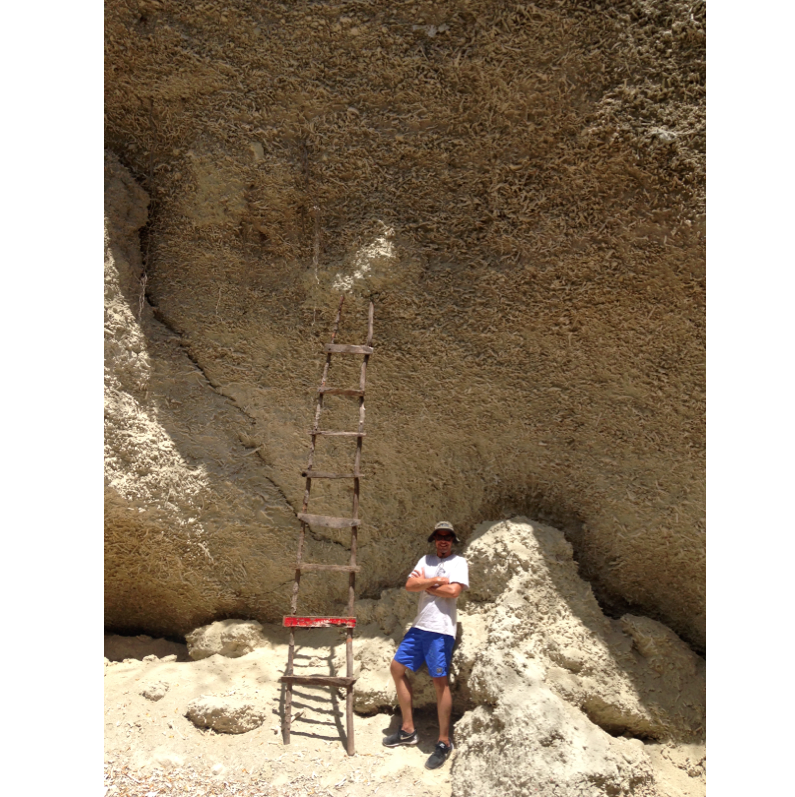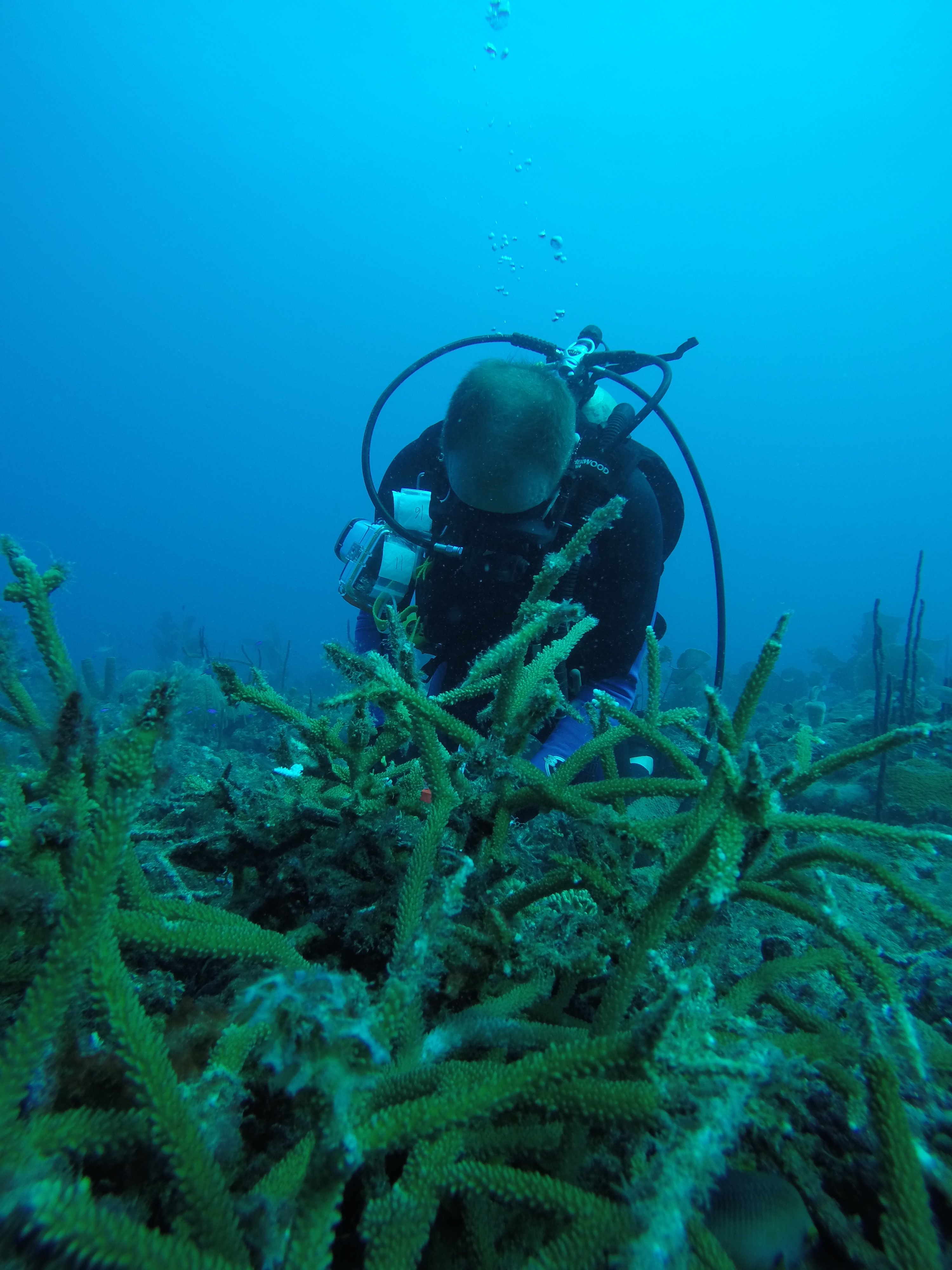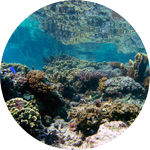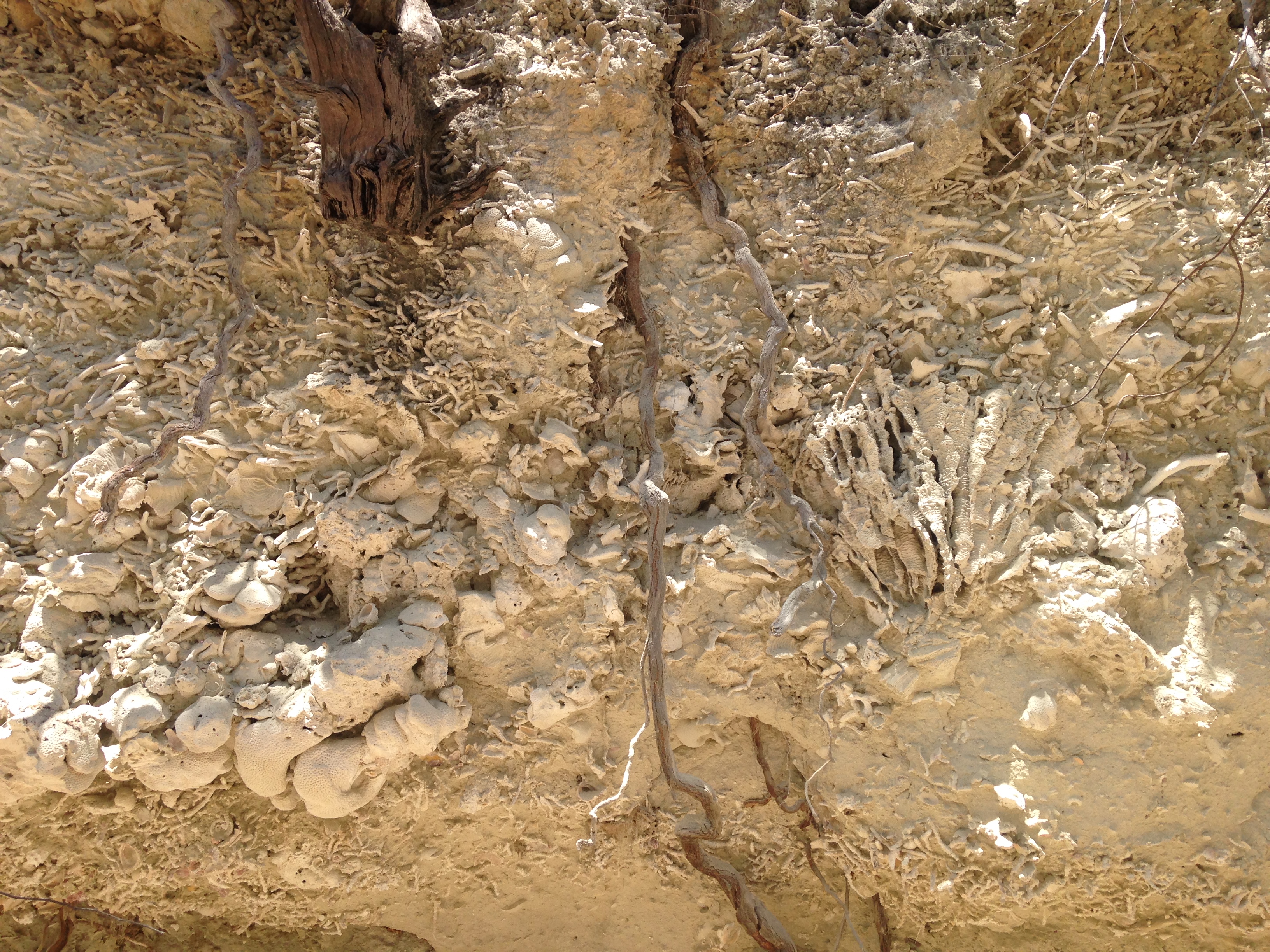About This Project
Will corals be able to evolve in response to climate change? One way to find out is to compare genomes of fossil corals to present-day corals to see how much evolution has happened in response to past climate changes. The main challenge is to extract fossil coral DNA and to demonstrate that we can sequence it and make sense of it. Our project will attempt this for the first time. If successful, the whole new field of coral paleogenomics will be born.
Ask the Scientists
Join The DiscussionWhat is the context of this research?
Coral reefs worldwide are under severe threat from climate change, but are corals doomed? One way to answer this question is to look into the past, to see how corals handled climate change previously. In some organisms, most notably humans, great insights into past history of populations have been gained through paleogenomics: analysis of ancient DNA extracted from fossils. Our project will attempt to apply this approach to reef-building corals for the first time.
What is the significance of this project?
This is a pilot study that will establish the feasibility of a paleogenomic approach in corals. Can ancient DNA be extracted from fossil corals? Can it be sequenced? Is it different from that of present-day corals? Once we establish these facts, the whole new field of coral paleogenomics will be born.
What are the goals of the project?
Collaborating with the ancient DNA lab of Deborah Bolnick at UT Austin, we will attempt to extract DNA from two fossil staghorn corals (Acropora cervicornis, 5,000 and 9,500 years old), sequence the ancient coral genomes and compare them to the present-day coral of the same species. The most important information that this analysis would reveal is how much evolution has happened and when. As for what exactly was evolving, it is hard to predict: it could be genes affecting heat tolerance, growth rates, ability to live in more diverse habitats, or something else entirely. One great thing about ancient DNA work is that it is in a large part pure exploration: it would be best if we don’t focus on any preconceived ideas but keep our eyes wide open for some exciting biology.
Budget
To demonstrate that the approach works, as a minimum we would need to sequence one fossil coral and one present-day coral, for a total of $2628.73. This is our minimum funding target.
Detailed price breakdown:
One ancient DNA sample:
DNA isolation: $40 (reagents, disposable plastic-ware, ancient DNA protective gear: gloves, sleeve covers, coveralls, face masks,hair covers)
Library prep: $75 (reagents and plastic-ware)
Sequencing: $ 2199.07 (Assuming 5% of sequencing reads will be usable, i.e., not duplicates and not contaminating bacteria => 5x genome coverage)
Total per ancient sample: $2314.07
One present-day DNA sample:
DNA isolation: $8 (reagents, disposable plastic-ware)
Library prep: $86 (cost at UT genomic facility)
Sequencing: $220.66 (Assuming 75% of sequence will be usable => 20x genome coverage)
Total per present-day sample: $314.66
Endorsed by
Meet the Team
Affiliates
Mikhail Matz
My lab studies ecological genomics of reef-building corals: how corals adapt to variable reef habitat and to climate change at the genomic level.
Additional Information
We already have samples uniquely suitable for this analysis, collected from Las Clavellinas site in the Dominican Republic. This location has a perfectly preserved fossil coral reef, including an incredible wall of fossil staghorn coral (Acropora cervicornis).

We have collected 20 samples from near the top of that wall dating to ~5,000 years ago, and 20 samples from the bottom of the wall, dating to ~9,500 years ago. In addition, we have collected living staghorn corals from local reefs, to compare their genomes to their fossil ancestors.

Project Backers
- 6Backers
- 5%Funded
- $219Total Donations
- $36.50Average Donation



